Coconut oil pulling has become popular in recent times, being featured in news media and fashion blogs. I have intermittently practiced this ancient Ayurvedic method for oral care over the years and observed positive changes. It was among the strategies I employed to support the remineralization of my teeth and to counter tooth decay.
Despite some debate surrounding its effectiveness, oil pulling is a practice that dates back thousands of years. Not only does it provide benefits to oral health, but by maintaining the health of our mouths, we also support the health of our entire bodies. Good oral hygiene impacts more than just teeth and gums.
Incorporating coconut oil pulling into your dental care routine is a beneficial way to enhance the health of both your mouth and overall wellness. It is a valuable addition to your dental care practices!
What is Oil Pulling?
Oil pulling is a traditional Ayurvedic practice from India, starting thousands of years ago. The process involves placing a small amount of high-quality, organic oil in your mouth and swishing it around like a mouthwash for 15 to 20 minutes.
There are various oils suitable for this method, although they must be food-grade and something consumable. Personally, I prefer coconut oil due to its numerous health benefits and antibacterial qualities.
The term "pulling" might be misleading, as it suggests that the oil draws bacteria out of the gums; however, it can be described simply as “oil-swishing.”
Coconut Oil Pulling Benefits
The practice of oil pulling offers numerous advantages. Complementing an oral care routine of brushing and flossing, it surpasses conventional mouthwash, which can often contain harmful chemicals and alcohol. Opting for coconut oil allows you to enjoy the benefits of this exceptional oil.
When you swish with oil, it adheres to the biofilm, or plaque, on the teeth. This helps reduce tooth decay and enhances gum health, preventing cavities and gingivitis. It also eliminates harmful bacteria linked to periodontitis, tooth decay, and halitosis.
Some sources claim coconut oil pulling can aid in conditions from acne to sore throats, and even heart disease, though these are not scientifically backed. However, it is known that good oral hygiene can improve overall health, reducing the risk of diabetes and heart disease.
While I wouldn’t recommend it as the sole treatment for internal or serious medical issues, it is effective in maintaining oral health and preventing bad breath.
Does Oil Pulling Work?
Research supports the claim that oil pulling with coconut oil reduces the presence of Streptococcus mutans, a primary bacteria responsible for tooth decay and gum disease.
Scientific studies suggest it is as effective as chlorhexidine mouthwash in reducing bacterial load. Chlorhexidine is a widely used antiseptic in mouth rinses but is also considered a possible neurotoxin. I prefer using coconut oil over it any day!
Does Coconut Oil Pulling Whiten Teeth?
Although no scientific studies confidently confirm its teeth whitening capability, I personally found it effective. Coconut oil pulling helped make my teeth smoother and appear whiter. A study from 2017 indicated oil pulling removes plaque, which in turn can make enamel look less yellow.
That said, I also incorporate other teeth whitening methods, such as brushing with specialized whitening toothpaste and using charcoal-containing toothpaste, which tremendously aids the process.
Coconut Oil Pulling Dangers
It’s crucial to integrate oil pulling into an overall oral care routine, not as a replacement for normal dental hygiene practices. Oil pulling should supplement your regimen of brushing twice daily, flossing, and regular dental visits.
Typically, there are no adverse effects associated with oil pulling. However, individuals who are allergic or sensitive to coconut should avoid it and perhaps try sesame oil instead. Concerns about using oil pulling with amalgam or mercury fillings have been noted, but some holistic dental experts suggest it’s safe and could even help remove toxins.
Swallowing the oil may cause a stomach ache, so ensure you spit it out into the trash. Avoid swallowing the oil to prevent reabsorption of the harmful substances it’s intended to remove.
New practitioners might find their mouth or jaw grows tired from the extended swishing. It’s advisable to start with shorter durations and gradually increase to the recommended 15-20 minutes.
As with any oral health product, discuss any concerns with a dental professional before beginning, especially if there are specific dental conditions.
What Type of Oil Can I Use for Oil Pulling?
Several types of oils such as sesame, sunflower, or olive oils, are suitable for oil pulling. Traditionally, sesame oil is preferred in many cultures, but I favor coconut oil due to its antimicrobial, antiviral, and antibacterial properties. It’s also full of antioxidants and boasts anti-inflammatory effects, which is why I incorporate it into my homemade health products, like my natural whitening toothpaste.
Coconut oil is particularly effective against Streptococcus mutans, which is a culprint in the formation of cavities. Its high content of medium-chain triglycerides and lauric acid make it potent in bacteria elimination.
From my experience, coconut oil is more effective than sesame oil for removing plaque and whitening teeth, though I don’t have formal scientific evidence to compare.
Best Coconut Oil for Oil Pulling
It is advisable to choose a high-quality, unrefined organic virgin coconut oil for the best results. Its milder taste also makes it preferable to other oils. This particular one is my personal favorite.
Following a friend’s advice, I experimented with MCT oil, suitable for those who dislike coconut taste but desire similar benefits. It’s more costly but I find it an acceptable alternative.
Fractionated coconut oil, liquid coconut oil, and MCT oil hold similarities; however, they lack the lauric acid content of unrefined coconut oil and therefore provide fewer health benefits.
How to Use Coconut Oil for Oil Pulling
Oil pulling is straightforward! I integrate it into my morning rituals, often carrying it out while in the shower due to the time it takes.
-
Place 1-2 teaspoons of oil in your mouth. I often add a few drops of Balanced Mouth Blend, a mixture of essential oils that helps maintain oral microbiome balance, freshens breath, and reduces plaque, serving as a great mouthwash substitute!
-
Swish for 15-20 minutes. This duration is important to break down plaque and bacteria without letting the body reabsorb toxins. You’ll notice the oil become thicker and milkier as it mingles with your saliva.
-
Spit the oil into the trash not the sink to avoid clogging. Always avoid swallowing as the oil by now contains bacteria and plaque. When finished, the oil should appear white and creamy.
-
Rinse your mouth well with warm water, which seems more effective to me. Occasionally, using saltwater to rinse feels beneficial but does require more effort.
- Brush thoroughly, preferably with a homemade remineralizing or charcoal-containing whitening toothpaste to ensure no bacteria remain.
Adding oil pulling to your dental hygiene routine introduces another step, but the advantages are worthwhile, and I’ve noticed improvements in its practice, making it a highly recommended addition!
Try Coconut Oil Pulling Chews
For those with limited time in the mornings who want to try oil pulling, I’ve found a simplified solution! I prepare small coconut oil chews that dissolve in the mouth, mixing them with Balanced Mouth Blend essential oils before freezing.
This method makes it easier to have pre-portioned bites ready, increasing the likelihood of consistency in practice and even involving my kids (while aiding my own dental routine management). Simply pop one in your mouth and follow the usual procedure.
Have you tried coconut oil for oil pulling? Share your experience!



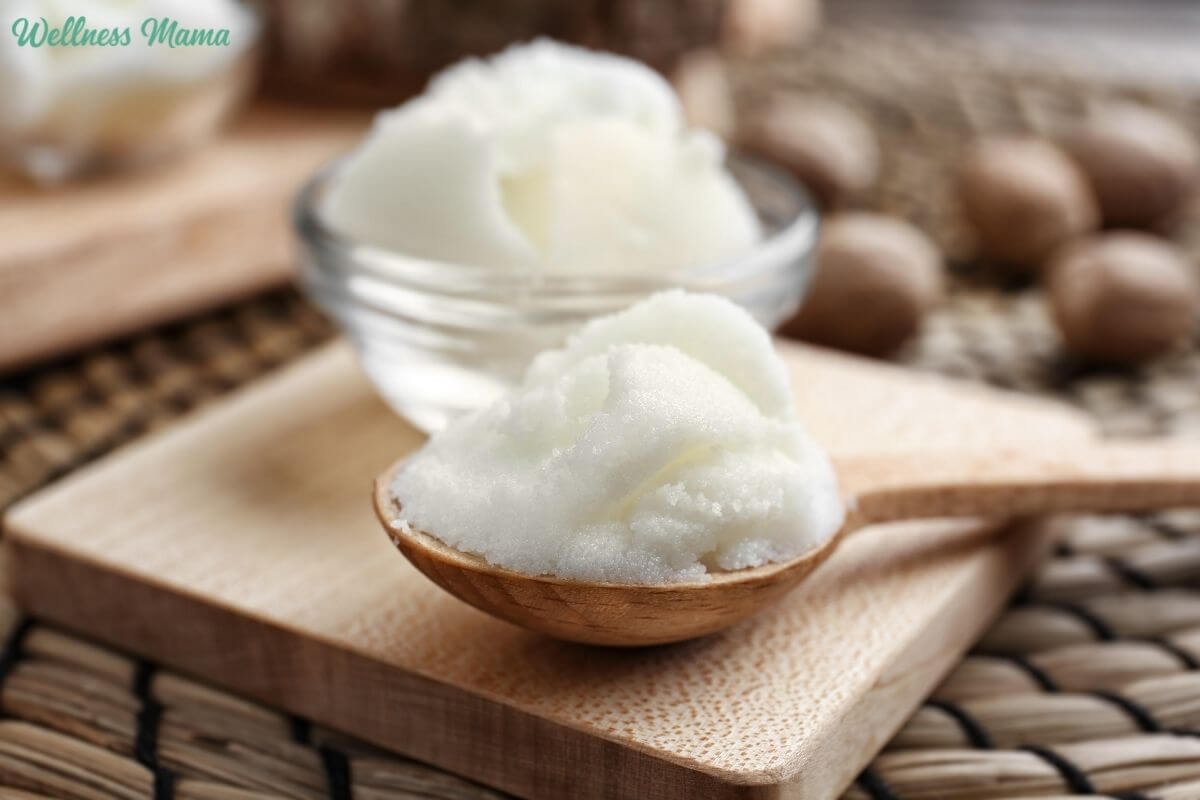
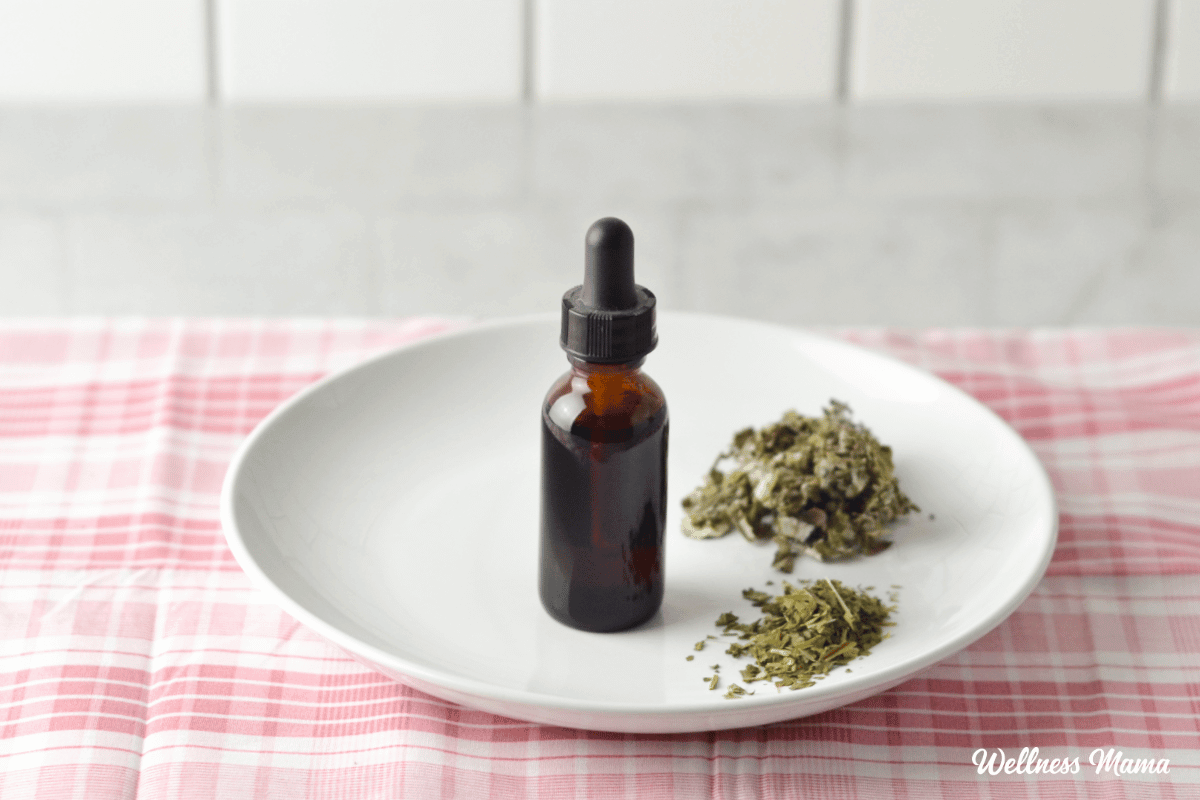

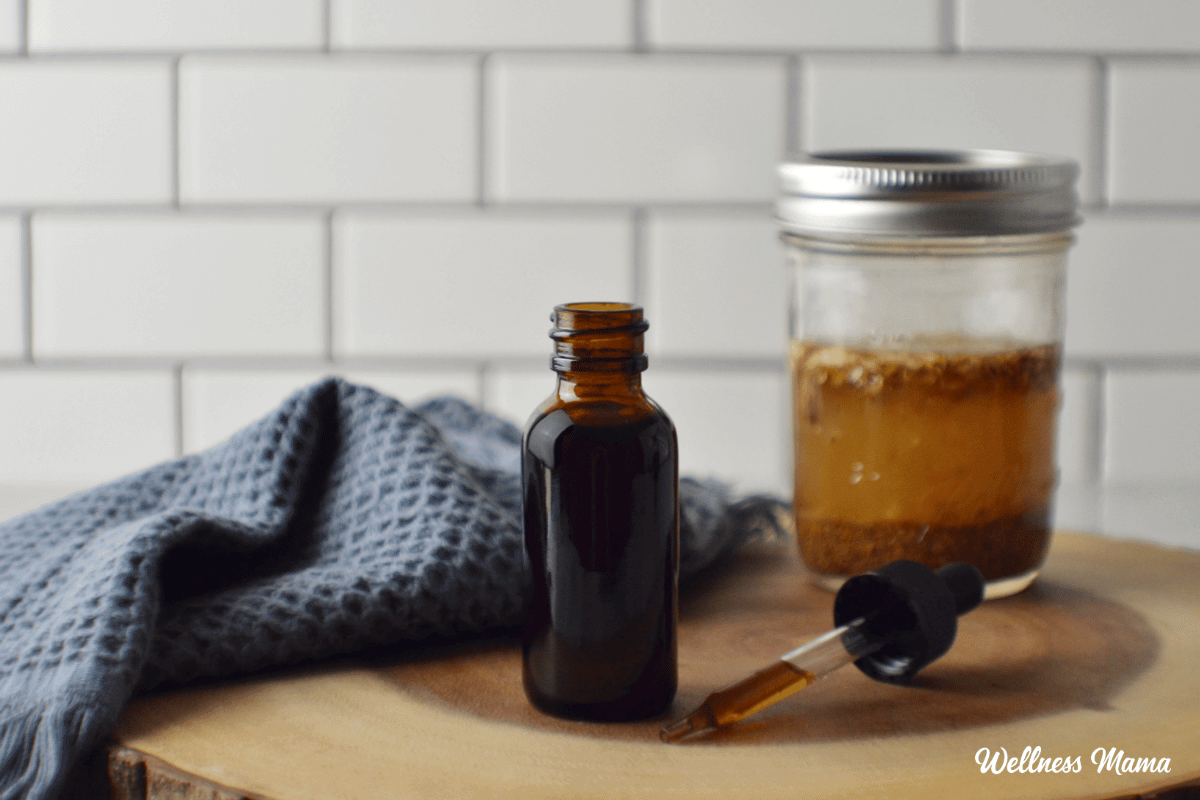


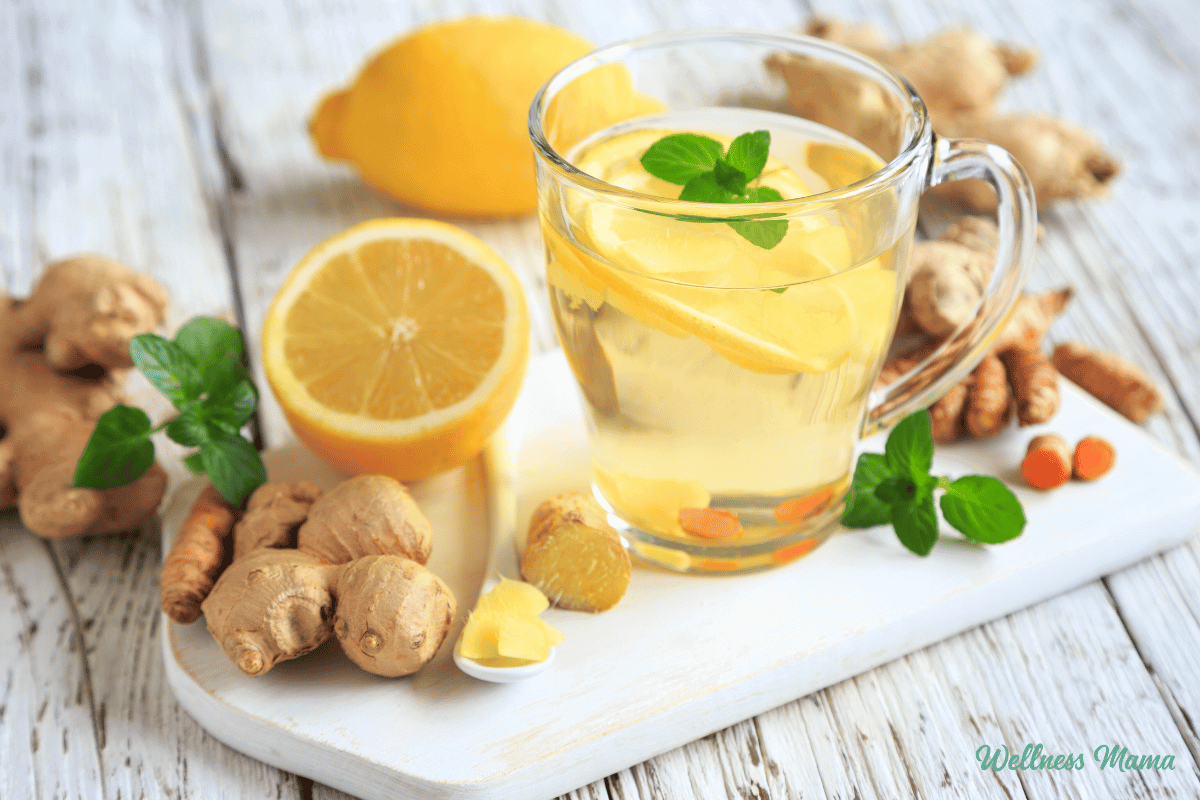
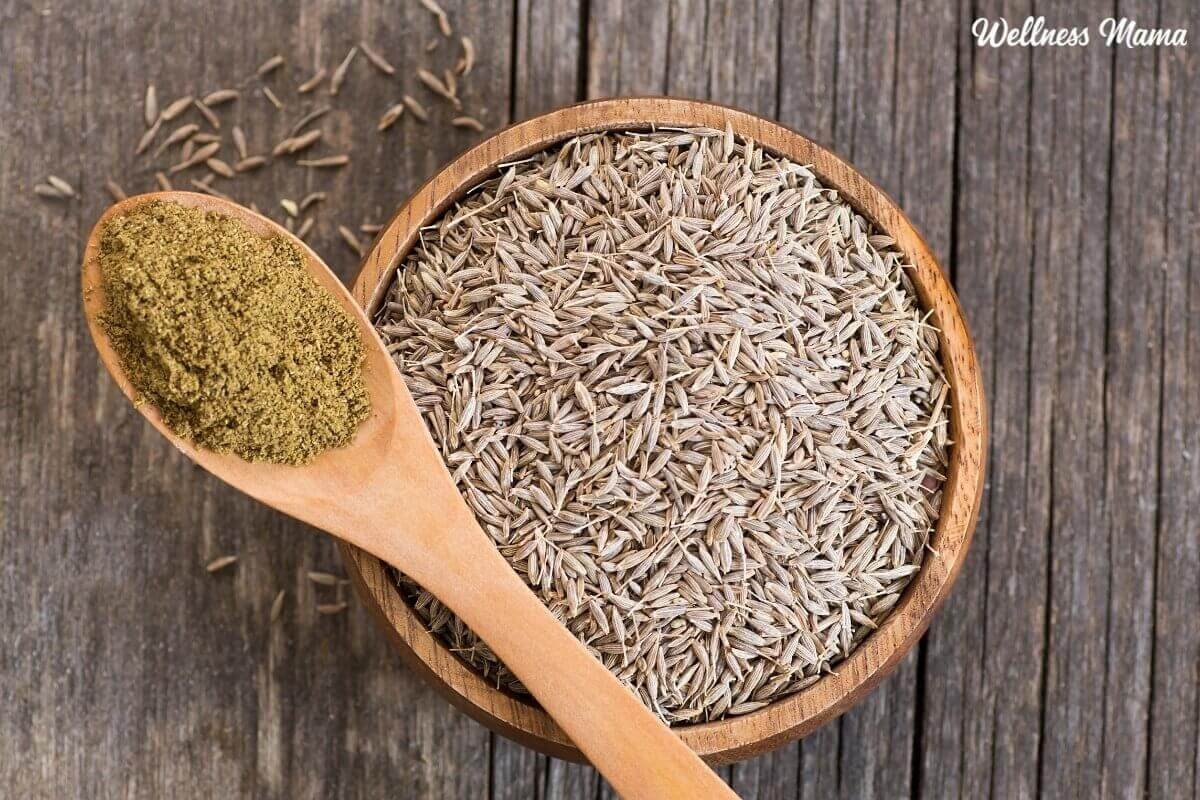
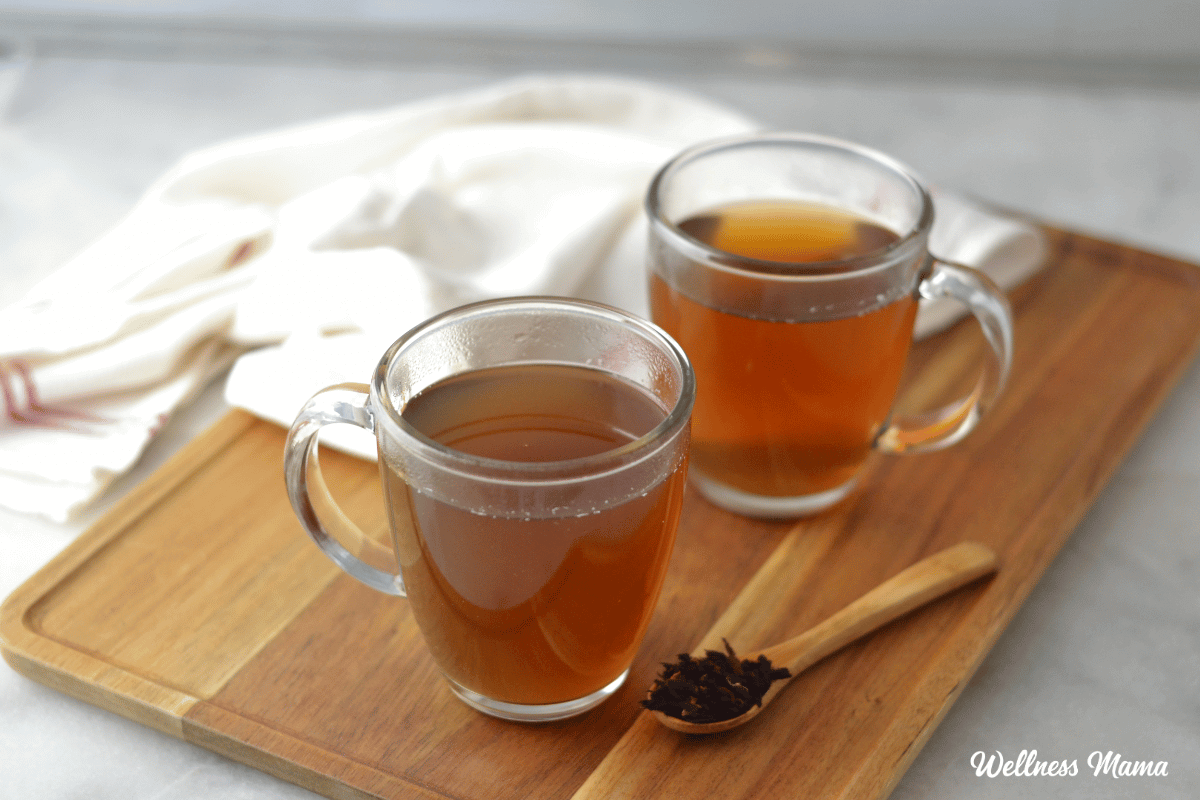



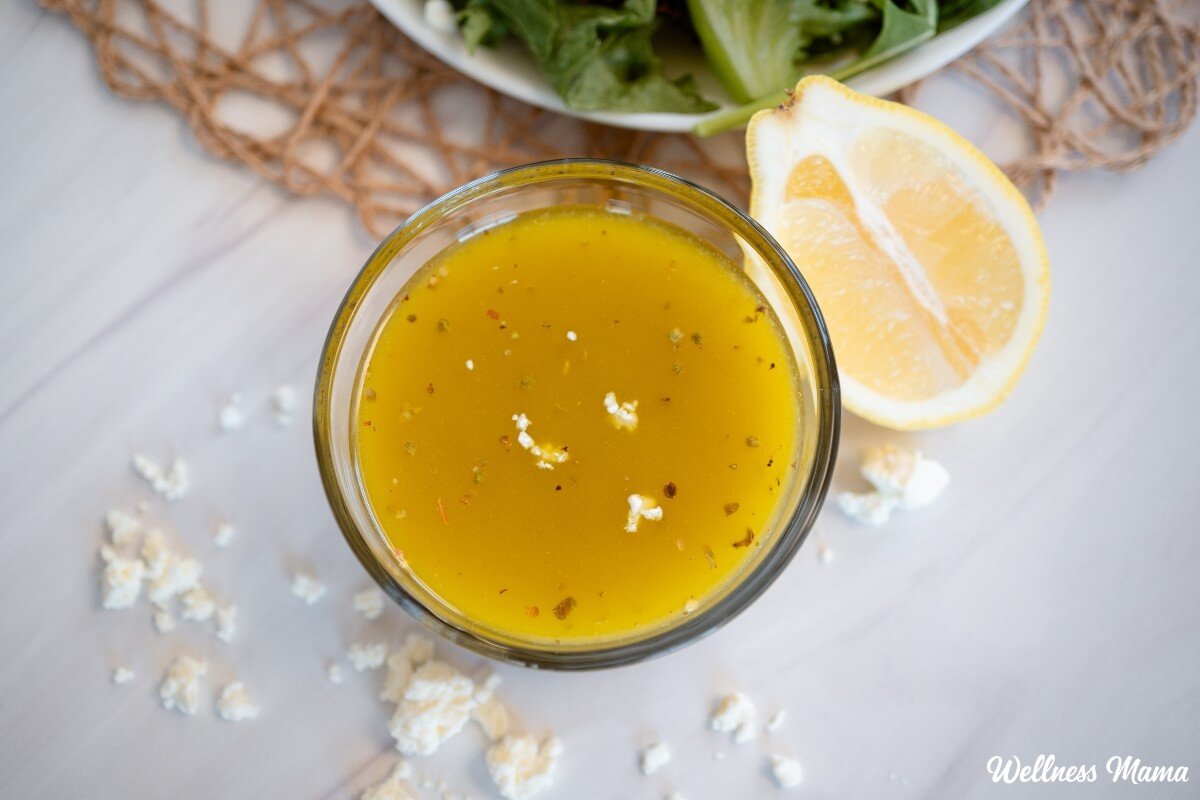

Leave a Reply